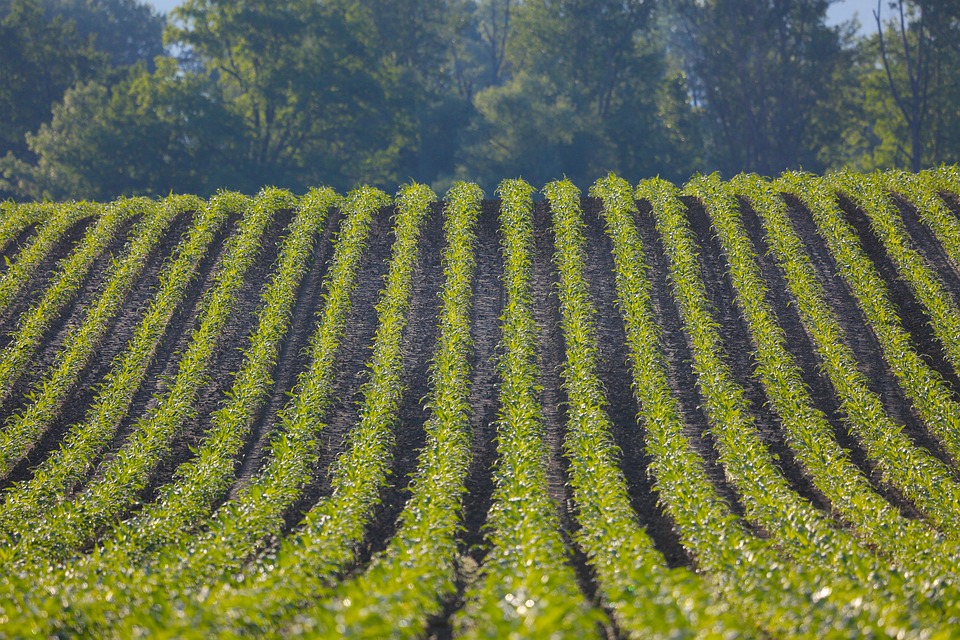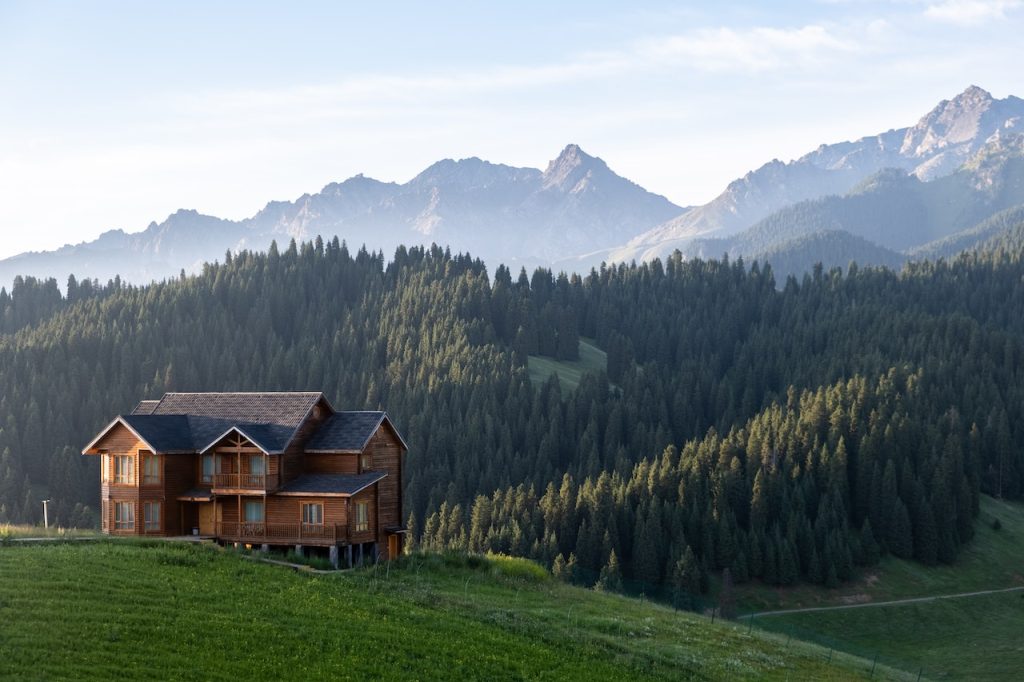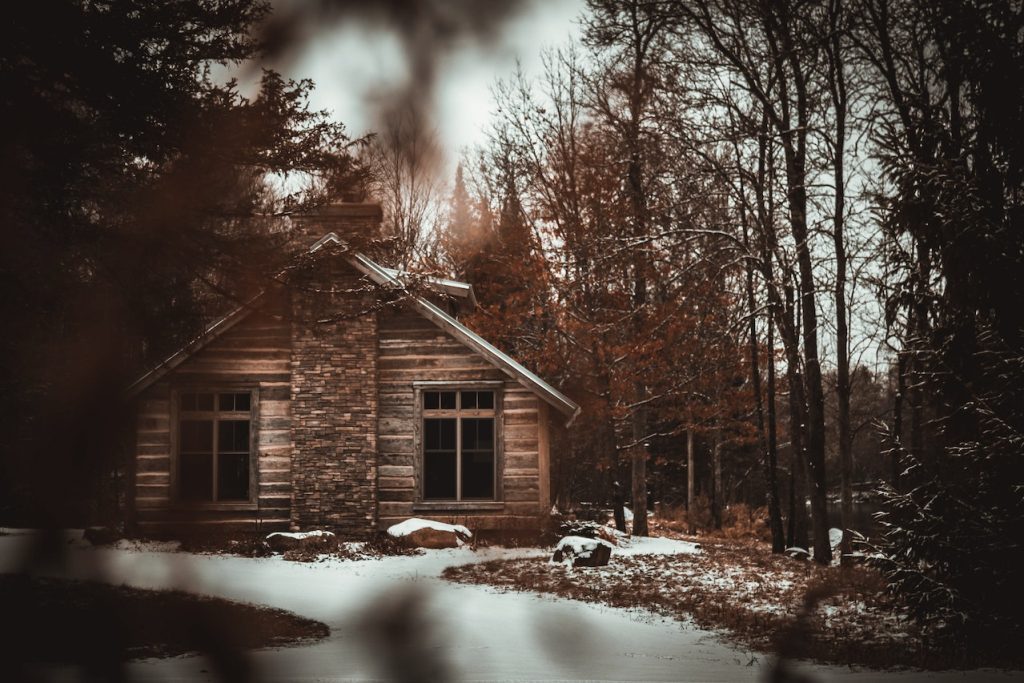# The Role of Native Plants in Sustainable Gardening: Why Local Matters
With the morning sun shining through the trees and the soft sounds of nature surrounding me, I couldn’t help but feel grateful for the flourishing garden I had created using native plants. There’s something magical about watching the local flora thrive in harmony with the local fauna. As the bees flit from flower to flower, I remember the struggles I had in the beginning, using non-native species that seemed to wilt under the stress of our unique climate. It’s a joy to witness my garden transform into a vibrant ecosystem, all thanks to the remarkable adaptations of native plants. In this article, let’s explore the role of native plants in sustainable gardening and why choosing local really matters.
## The Importance of Native Plants
### Defining Native Plants
Native plants are species that naturally occur in a specific region or ecosystem without human introduction. They have evolved over time to flourish in local conditions, becoming well-adapted to the soil, climate, and wildlife of the area. Each native plant not only plays a significant role in local ecosystems but also supports wildlife and promotes ecological balance.
### A Cooperative Ecosystem
Native plants hold the key to a thriving ecosystem. Unlike non-native species, which may not provide the same benefits to local wildlife, native flora supports a range of inhabitants, from pollinators like bees and butterflies to various mammals and birds. When we plant native species, we create mini-habitats that contribute to the overall health of our environment.
## Benefits of Using Native Plants in Your Garden
### 1. Low Maintenance Gardening
One of the best things about native plants? They’ve adapted to local conditions, so they often require less water, fertilizers, and pesticides. Once established, they typically thrive with minimal care. You can spend more time enjoying your garden rather than troubleshooting issues caused by non-native plants.
### 2. Supporting Local Wildlife
By incorporating native plants into your garden, you provide essential food and habitat for local wildlife. For instance, certain native flowers are the sole food source for specific caterpillars. By planting these flowers, you directly contribute to the survival of beautiful butterflies, which in turn, pollinate other plants.
### 3. Conservation of Resources
Using native plants promotes ecological balance and sustainability. They draw upon the existing resources in your environment and require less intervention. Consequently, this reduces the overall carbon footprint associated with maintaining a traditional garden while promoting biodiversity.
### 4. Resilience to Local Climate
Native plants are naturally resilient to local climate fluctuations. They can withstand droughts, heavy rains, and temperature extremes better than non-native species. This adaptability not only helps maintain the beauty of your garden but also lessens the likelihood of pest infestations and diseases.
### 5. Connecting with the Local Culture
Using native plants can promote a deeper understanding of the local landscape and culture. These plants often have historical or cultural significance tied to the local heritage, enriching the gardening experience by connecting you to the land and its story.
## Planting Native: Getting Started
### 1. Research Your Local Species
Every region and ecosystem is different. Begin by researching the native plants suited to your area. Visit local botanical gardens, native plant nurseries, and conservation websites to gain insight into what thrives in your local environment.
### 2. Understand Soil and Climate Conditions
Before planting, assess your garden’s soil type, moisture levels, and sun exposure. Native plants have evolved to thrive in specific conditions, so understanding these factors will help you choose plants that will flourish.
### 3. Create a Garden Design
Designing with native plants can be an artistic process. Consider a layout that mimics natural ecosystems, such as layering taller species in the back and shorter ones in front. This not only creates visual interest but also helps with pollinator access.
### 4. Mix It Up
Biodiversity is key. Aim to mix multiple species in your garden. This not only adds texture and color but also creates a more resilient ecosystem. Different species will thrive at various times, providing year-round beauty.
## Pro Tips for Sustainable Gardening with Native Plants
### 1. Pollen and Nectar Sources
Choose native plants flowering at different times of the year to provide a continuous source of pollen and nectar for pollinators. This planning ensures that your garden supports wildlife year-round.
### 2. Water Wisely
Once established, many native plants are drought-resistant. However, when initially planting, be diligent about watering until they are established, as it helps develop strong root systems.
### 3. Embrace Natural Landscapes
Incorporate other elements of your local landscape by using local stones, wood, and other materials in your garden design. This will create a seamless flow between your garden and the surrounding environment.
### 4. Be Patient
Native plants might take a season or two to fully establish. Give them time to settle into their new environment and don’t be discouraged if things don’t flourish overnight.
### 5. Protect Your Investment
Once your native garden is established, consider joining local conservation efforts or volunteer programs. Engaging with your community can help protect local habitats and foster appreciation for native plants.
## Compelling Examples of Native Plants
Depending on your geographical area, here are some popular native plants celebrated for their beauty and utility:
– **Echinacea (Coneflower):** Known for attracting pollinators, these hardy plants add vibrant colors to gardens.
– **Black-eyed Susan (Rudbeckia):** Easy to grow and drought-tolerant, they brighten up any garden space.
– **Milkweed:** Essential for monarch butterflies, it plays a crucial role in their lifecycle.
– **Wildflower Mix:** A diverse selection that ensures varying heights and bloom times, attracting diverse wildlife.
## The Bigger Picture
Incorporating native plants into your garden isn’t just about aesthetics; it’s a commitment to sustainable living. By choosing to cultivate local species, you actively participate in preserving biodiversity and supporting the ecosystems that depend on these plants. Your garden transforms into a sanctuary, a resilient ecosystem that thrives alongside nature.
## Conclusion
The role of native plants in sustainable gardening cannot be overstated. They provide a myriad of benefits, from low maintenance requirements to supporting local wildlife and promoting biodiversity. By choosing to cultivate these beautiful, resilient species, you’re not just enhancing your garden; you’re playing an essential role in creating a healthier environment.
Let’s honor our local ecosystems and ignite our passion for sustainable gardening by embracing the beauty of native plants. Together, we can cultivate gardens that flourish with life, color, and community. Now, roll up your sleeves, dig into that soil, and plant something native today—your world—and the world around you—will thank you!



